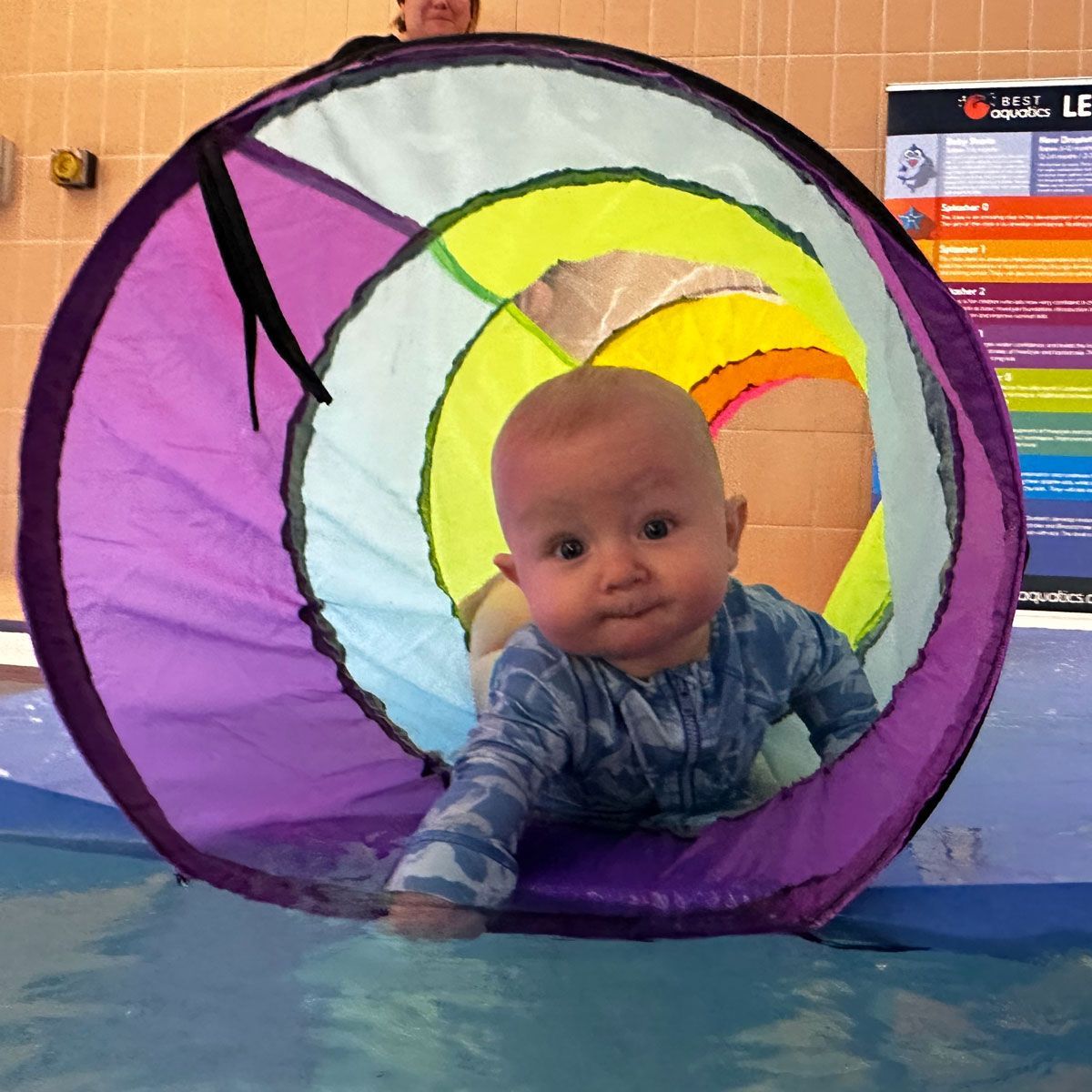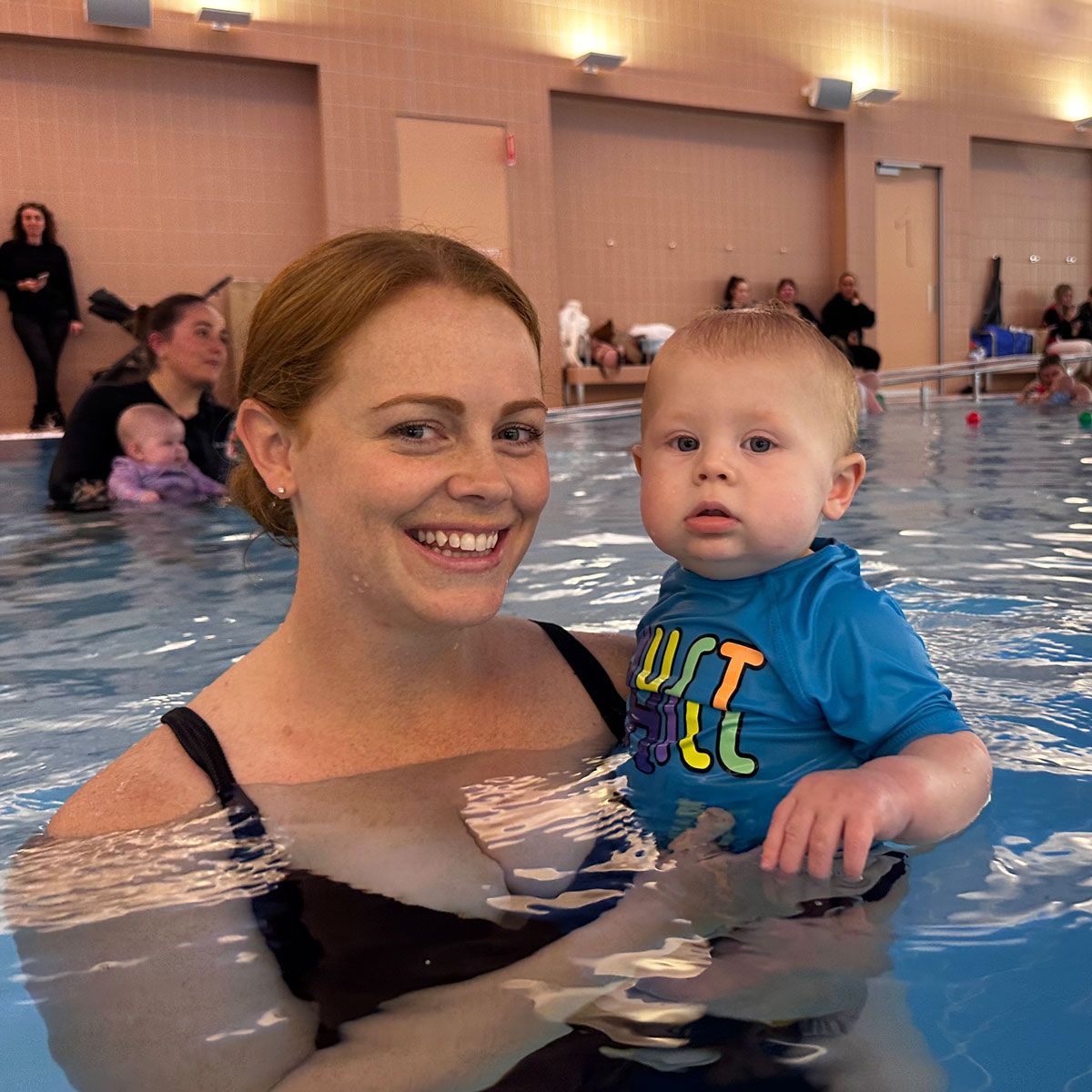Understanding the importance of baby swim lessons cannot be overstated. Enrolling your little one in baby swimming classes is not merely about teaching them to float or kick; it’s a vital step towards ensuring early water safety. These lessons foster a sense of comfort and confidence in the water, which are crucial skills that will serve them well as they grow.
The benefits of swim lessons extend beyond just safety. They provide an excellent opportunity for parent-child bonding, allowing you to share precious moments while encouraging your child’s development. As they splash and play, babies learn essential aquatic skills that can make a significant difference later in life.
When you take your baby for their first swim lesson, it’s natural to wonder what to expect. You’ll find a welcoming environment designed to ease both you and your child into the experience. Classes typically focus on gentle introductions to water through songs, games, and simple movements that promote comfort and enjoyment. The aim is to create positive associations with the water right from the start, setting the stage for a lifetime of happy swimming experiences.
What is the Best Age to Start Swimming with a Baby?
3 to 6 months is the ideal age to start baby swimming lessons, but don't beat yourself up if you have put off starting lessons. What IS IMPORTANT is that you start lessons! There are a few important benefits to baby swim classes:
- Drowning risk for under 1 year olds is reduced by as much as 88% for babies that have done baby swim lessons;
- It is a GREAT Parent-Child bonding activity (NOTE: Don't forget, this is an activity that is great for dads too!);
- Doing baby swim classes makes the transition from baby classes to independent learn to swim classes much easier.
What are the main benefits of Baby Swim Classes?
Water Safety
- Reduces the risk of drowning
- Teaches basic water survival skills (both to parent & baby)
Physical Development
- Improves coordination and balance
- Strengthens muscles and cardiovascular system
Cognitive Development
- Enhances brain development through sensory stimulation
- Improves problem-solving skills
Social and Emotional Growth
- Builds confidence in the water
- Promotes bonding between parent and child
Health Benefits
- Improves sleep patterns
- Boosts appetite and digestion
Early Introduction to Exercise
- Establishes a positive relationship with physical activity
- Lays the foundation for a healthy lifestyle
Sensory Integration
- Helps develop sensory processing abilities
- Improves spatial awareness
What to Look for When Looking for a Swim School for Baby Lessons
Emphasis on Water Safety
While water familiarisation, parent-child bonding and fun is important, the primary focus should be on teaching crucial water safety skills. This includes techniques like floating on their back, turning around in the water, and eventually learning to swim to the edge of the pool.
Hygienic Facilities
Ensure the pool and surrounding areas are clean and well-maintained. The water should be at an appropriate temperature for infants (typically around 32°C) and properly treated to prevent the spread of illness.
Parent Involvement
One of the biggest differences between Babies classes and Learn to Swim classes for kids is that the parent is in the water with the baby/toddler. This not only helps your baby / toddler feel more secure but also teaches you how to safely handle your child in the water. Most children will start traditional Learn to Swim classes (without the parent in the water) around 3 yrs of age.
What to Expect During the Lesson
As you embark on your baby's first swim lesson, it's natural to wonder what the experience will entail. While every programme may have its unique approach, here's a general overview of what you might expect during a typical baby swim lesson:
Welcome and Introduction
Most lessons begin with a warm welcome from the instructor. They'll likely introduce themselves and briefly explain the structure of the class. This is a good time to mention any concerns or questions you might have.
Water Entry
The instructor will guide you on the safest way to enter the pool with your baby. This is usually done slowly and gently to allow your little one to acclimatise to the water temperature and new environment.
Warm-Up Activities
Lessons often start with some gentle warm-up activities. These might include:
- Bobbing up and down in the water
- Gentle splashing
- Singing nursery rhymes while moving in the water
These activities help your baby feel comfortable and associate the pool with fun and positive experiences.
Basic Skills Introduction
Depending on your baby's age and the specific programme, you might be introduced to some basic skills such as:
- Holding your baby in different positions in the water
- Encouraging your baby to kick their legs
- Gently pouring water over your baby's head to get them used to water on their face
Water Safety Skills
A crucial part of baby swim lessons is introducing fundamental water safety skills. These might include:
- Teaching your baby to hold onto the pool edge
- Practising turning from front to back in the water
- Introducing the concept of floating on their back (with your support)
Submersion Practice
If your baby is ready, the instructor might guide you through safe submersion techniques. This is usually done very gradually, starting with just getting the chin wet and progressing from there.
Play Time
Most lessons incorporate some free play time. This allows babies to explore the water in a safe, supervised environment and reinforces the idea that swimming is fun.
Cool Down and Closing
The lesson typically ends with some calming activities and a recap of what was covered. The instructor might also suggest things you can practice at home, like pouring water over your baby's head during bath time.
Remember, every baby progresses at their own pace. Some might take to the water immediately, while others might need more time to feel comfortable. The key is to remain patient, positive, and consistent in your approach.



